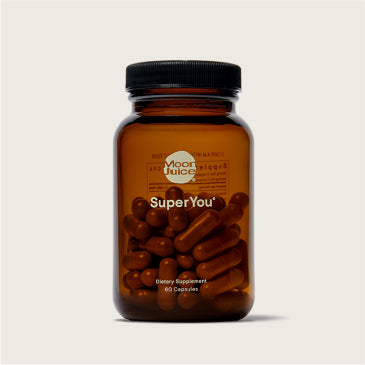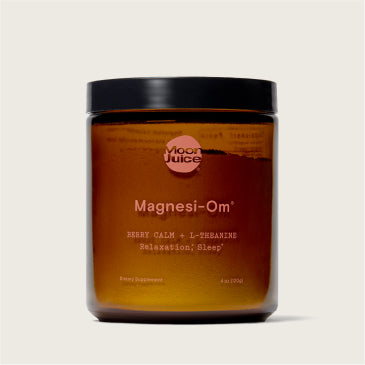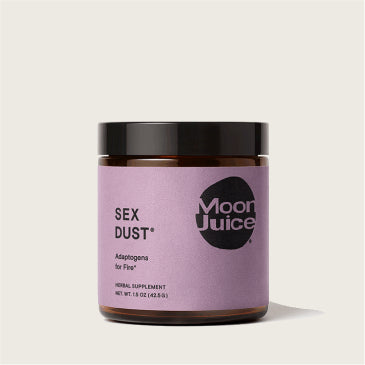Washing your face with face wash is pretty straightforward, but a few subtle differences in your routine can optimally support your skin health. While you may think that facial cleansing means leaving your face feeling squeaky clean, using hot water and products with harsh ingredients like sodium lauryl sulfate (SLS) can actually impact your skin barrier and lead to skin issues. The goal? Cleanse impurities without stripping the skin.
Here’s your guide on what to look for in a facial cleanser and how to facial cleanser.
What Do Cleansers Do?
Facial cleansers are designed to remove impurities like dirt and grime. But not all cleansers are created equal as there are many different types of facial cleansers. Some products with alkaline ingredients like harsh sulfates can strip the acid mantle, aka skin’s protective film of natural oils, sweat, and amino acids.
Your skin’s ideal pH range is about 5.5.
Many cleansers can disrupt pH because they’re too alkaline, leading to accelerated aging, blemishes, and increased sensitivity.
It’s best to opt for a facial cleanser that matches the skin’s pH to avoid disrupting its acid mantle.
Harsh cleansers that contain ingredients like sodium lauryl sulfate (SLS), originally an industrial degreaser, can leave your skin feeling ultra-clean but can impact your skin barrier or stratum corneum. These are the types of cleansers and skin care ingredients to avoid.
The barrier’s primary role is to lock in hydration and expel toxins. Additionally, rough facial scrubs designed to physically exfoliate the skin can lead to micro tears in the barrier, causing irritation that can lead to roughness, dryness, and redness.
A high-quality face cleanser won’t irritate the skin in the same way and can wash away dirt and grime while also helping to target specific concerns your skin type is presenting.
If you’re experiencing oiliness or breakouts
Acne-prone skin that produces too much oil might benefit from a cleanser containing salicylic acid, which helps deep clean pores and absorb excess oil that can lead to breakouts.
If your skin is mostly dry, but oily skin still presents itself
Dry cheeks and oily T-zone? Hydration is important for reversing dryness skin. Opt for a non-comedogenic formula that won’t clog pores and trigger excess oil production to keep oily skin areas balanced.
If your skin is generally healthy and balanced (H3)
Most gentle facial cleansers will help keep your skin care balanced. Avoid products with stripping ingredients like alcohol or benzoyl peroxide, which can lead to the overproduction of oil. Overwashing can also leave your skin unbalanced — more on wash frequency below.
Milk Cleanse is a sulfate-free, pH-balanced natural milk facial cleanser that is friendly for all. It works as both a gentle cleanser and a treatment. Creamy bubbles come from Coconut Ferment, and after gentle cleansing, adaptogenic Reishi, Silver Ear Mushroom, and Tocos (Vitamin E) help support hydration and healthy barrier function.
How to Use Facial Cleanser
Instructions may vary from product to product, so make sure to read the label. But here’s a general step-by-step of how to use a facial cleanser:
- Get your hair out of your face. Pull it back with a silk scrunchie or pop on a headband to ensure you’re cleansing your entire face, including the skin around the hairline, which can get oilier than other spots, leading to breakouts.
- Wash your hands. Get that dirt and grime off your hands so it doesn’t transfer onto your face during the cleansing process.
- Dampen your skin with lukewarm water. Don’t apply dry. Wet your face a bit before applying cleanser. Wetting the skin helps the face cleanser spread more easily and evenly.
- Apply a small amount of product to your face. Use your clean hands to evenly apply the cleanser and massage it into your skin using your fingertips. How long you massage will depend on the cleanser you’re using. For example, we recommend massaging our Milk Cleanse into the skin for 1 minute.
- Rinse with water. After massaging, rinse off the product with cold or lukewarm water using your hands. Many people wonder about using hot or cold water to wash your face. While hot water may feel soothing initially, it’s more likely to irritate your skin and cause excessive dryness.
- Pat dry. After rinsing, pat your wet skin dry with a non-abrasive towel. Avoid scrubbing to get rid of moisture since this can lead to irritation.
After cleansing, go ahead and continue your typical skin care routine, which may vary depending on your skin’s at. And if you’re facial cleansing in the AM, make sure to follow up with a product containing SPF to keep your skin protected from UV.
How Often Should You Wash Your Face?
The American Academy of Dermatology Association recommends washing your face up to twice a day and anytime after a sweat session to prevent clogged pores and subsequent breakouts.
It’s also okay to give your barrier a break.
Part of supporting skin health involves letting your skin type do its thing, creating goodies like oils and good bacteria.
Over-cleansing can strip it of its natural oils and contribute to dryness and irritation. Sometimes, it’s enough to splash your face with water and get on with your routine.
Sign Up, Nerd Out
Get wellness tips, education, and recipes
delivered straight to your inbox.
Get wellness tips, education,
and recipes delivered
straight to your inbox.
Can I Use a Facial Cleanser to Remove Makeup?
Yes, cleansers are designed to remove dirt and grime, including makeup. And they tend to be gentler than specific makeup-removing products.
To remove heavy makeup, though, you may need to wash your face twice. Our Milk Cleanse is safe to use as a double cleanser because, at Moon Juice, we support healthy barrier function.
Takeaway
Using a facial cleanser is an important part of any skin care routine. It helps remove dirt, oil, and makeup from the skin to promote skin health. However, using your cleanser correctly might be the most important part of your routine since it can be make or break when it comes to supporting your moisture barrier.
Firstly, it’s essential to choose a facial cleanser that’s gentle, sulfate-free, and pH-balanced. It’s also a good idea for it to be paraben-free and non-comedogenic, too. You’re trying to clean out your clogged pores, not clog or contaminate them.
Second, it’s important to follow up with a hydrator and/or moisturizer after cleansing so that any hydration in your skin isn’t left to evaporate out.
Finally, it’s important to be consistent with your facial cleansing routine. Laving up regularly is essential for maintaining fresh, clean skin, so don’t skip this daily practice. Whether you prefer to cleanse in the morning, before bed, or both, be sure to stick to a consistent schedule to get the most out of those bubbles.
By choosing the right cleanser, using the right technique, following up with a moisturizer, and being consistent with your routine, you can keep your skin in the clear. Add hydrating foods and drinks, a regular workout routine, plumping products and supplements and other healthy lifestyle habits, and you’re well on your way to your healthiest skin yet.
Sources
- Diaz D. (2020). The effect of cleansers on the skin microbiome. https://practicaldermatology.com/articles/2020-apr/the-effect-of-cleansers-on-the-skin-microbiome
- El-Lateef. (2022). Skin cleansing without or with compromise: Soaps and syndets. https://www.ncbi.nlm.nih.gov/pmc/articles/PMC8954092/
- Face washing 101. (n.d.). https://www.aad.org/public/everyday-care/skin-care-basics/care/face-washing-101

-(1).png?v=1682406065493)
-(1).png?v=1682406089222)










